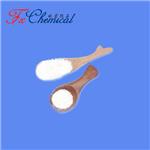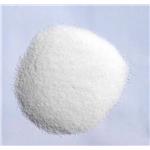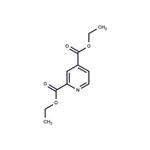2,4-dpd is a cell permeable, competitive inhibitor of the oxygen-sensing enzyme hif-α prolyl hydroxylase (hif-ph) [1].hypoxia-inducible factor (hif) is a transcription factor with a key role in cellular responses to hypoxia in a variety of organisms. the hif system plays an important role in angiogenesis, erythropoiesis, energy utilization, glucose/energy metabolism, tumour development, and ischaemic/hypoxic disease. genetic or pharmacological inactivation of the hif hydroxylases results in a constitutive activation of the hif pathway with little or even absent regulation by oxygen remaining. the oxygen-sensing enzyme hif-α prolyl hydroxylase catalyzes hydroxylation of specific prolyl and asparaginyl residues in the regulatory hif-α subunits [2].exposure to 2,4-dpd limited prolyl 4-hydroxylase activity in c. elegans., where their esters are hydrolyzed to form competitors of a -ketoglutarate. 2,4-dpd showed dramatic effects among the progeny. when exposed to a high level of 2,4-dpd (2.7 mm), all progeny died regardless of genotype of c. elegans. the dead embryos arrested at the twofold stage [1].
[1] friedman l, higgin j j, moulder g, et al. prolyl 4-hydroxylase is required for viability and morphogenesis in caenorhabditis elegans[j]. proceedings of the national academy of sciences, 2000, 97(9): 4736-4741.
[2] schofield c j, ratcliffe p j. signalling hypoxia by hif hydroxylases[j]. biochemical and biophysical research communications, 2005, 338(1): 617-626.



